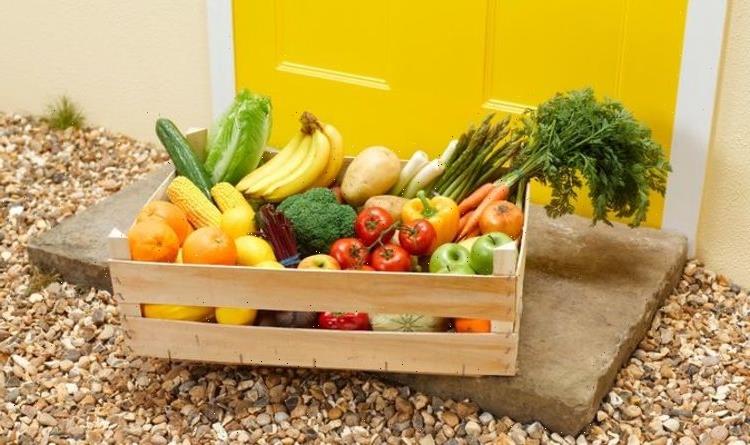Type 2 diabetes can be a 'devastating diagnosis' says expert
We use your sign-up to provide content in ways you’ve consented to and to improve our understanding of you. This may include adverts from us and 3rd parties based on our understanding. You can unsubscribe at any time. More info
Those with diabetes can help control prediabetes or diabetes with a diet based on nutritious, low-GI foods such as vegetables, beans, low-fat dairy, and whole grains, along with healthy proteins and fats. When it comes to eating veggies to improve diabetes management, not all vegetables are are good for managing the condition.
Starchy vegetables, such as corn, butternut squash and potatoes are high in carbohydrates, which can negatively affect your blood sugar levels.
This doesn’t mean they need to be avoided at all costs – in moderation these foods are good for you, as they contain plenty of fibre, potassium, and other essential vitamins.
A balanced diet is the best way to protect yourself against complications from diabetes, but some vegetables can actively help you avoid spikes in blood sugar and the issues that can come with them.
The GI ranking of a food shows how quickly the body absorbs glucose from that food.
READ MORE: Arthritis and diabetes diet: The 7 food swaps you should make now


Compared to low-glycemic foods, high-glycemic foods lead to a quicker and greater spike in blood sugar levels.
These spikes are considered unhealthy for a few reasons, as they raise your average blood glucose levels and in turn place a higher demand for insulin in your body, which can be particularly harmful to those with diabetes.
Eating high glycemic foods can also lead to more dramatic dips in blood glucose after a spike, potentially causing hunger, carbohydrate cravings, and weakness.
Those with diabetes should focus on a diet that includes vegetables that are low in GI to lower the chances of a blood sugar spike.

For example, vegetables that are low in GI include peas, with a score of 39, and carrots, which score 41 when cooked.
But easily the lowest-scoring vegetable by a mile is broccoli – with a GI score of just ten.
A half-cup of cooked broccoli contains only 27 calories and three grams of digestible carbs.
It also helps with your general health as it is loaded with healthy plant compounds which help protect against various diseases.
DON’T MISS
Lenny Henry lost 3st by adding one thing to his diet [INSIGHT]
High blood pressure: Can you lower your blood pressure in 3 minutes? [ANALYSIS]
Watching ONE hour of TV as bad for health as smoking a cigarette [REPORT]

Broccoli is also a brilliant source of two important antioxidants- lutein and zeaxanthin, which may help prevent eye diseases.
Broccoli also contains plenty of important nutrients like vitamin C and magnesium.
One study found that consuming broccoli sprouts led to a reduction in blood glucose in people with diabetes.
This reduction in blood glucose levels is likely due to sulforaphane, a chemical found in cruciferous vegetables such as broccoli and sprouts.
Sulforaphane is activated when broccoli is damaged, so the vegetable needs to be chopped or chewed to maximise the amount you can get in your body.
Steaming broccoli for one to three minutes may be the best way to optimize sulforaphane levels when cooking.
Sulforaphane has also been shown to have anti-cancer properties in a number of studies.
It has been shown to prevent cancer cell growth by releasing antioxidant and detoxification enzymes that help protect again carcinogens – substances that cause cancer.
Source: Read Full Article
